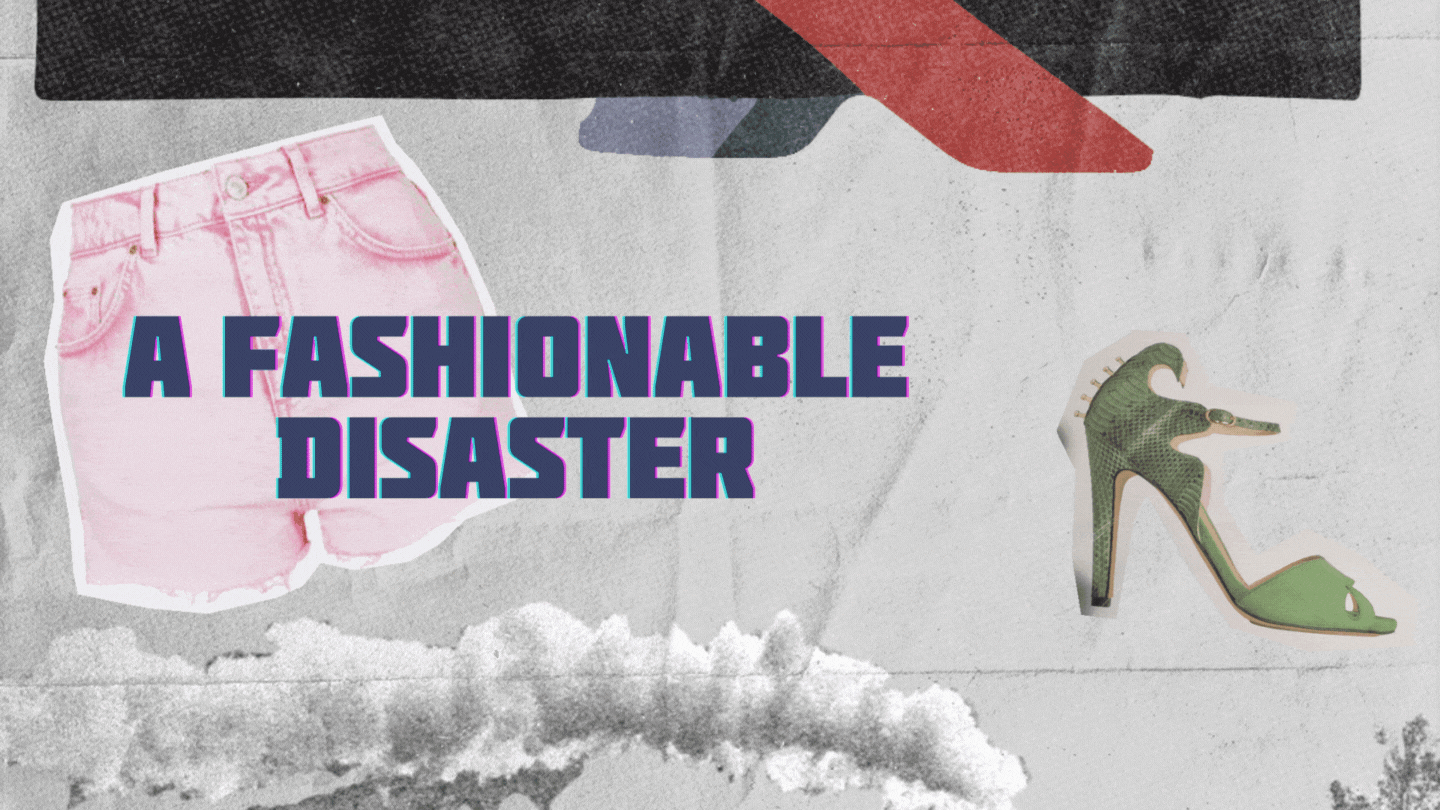
Fast fashion refers to the mass clothing industry’s obsession with providing new, cheap, and inferior-quality products as quickly as possible. Fast fashion has grown prominently in the last 20 years and is one of the most popular markets around the globe (McNeill & Moore, 2015). The trend of rapid and continuous change within fast fashion is concentrated in urban populations, especially in a city like Sydney (Zamani et al., 2017). Fast fashion runs with the mentality of “the faster the better” which has resulted in the production of vast numbers of clothes and designs at a time (Thomas, 2020). Popular retailers like H&M or ZARA will place new designs every five weeks (McNeil & Moore, 2015). This sort of unimpeded rapid changes, coupled with the demand for the latest and greatest, can lead factories to churn out vast quantities of clothes using less sustainable materials; overall responsible for roughly 92 million tonnes of waste a year (Niinimäki et al., 2020).
However, people neglect the impact of fast fashion and focus predominantly on the social and aesthetic gains of consumption (Zamani et al., 2017). Fashion consumers can be divided into three types: the self-consumer, the social consumer, and the sacrifice consumer (McNeil & Moore, 2015). The self-consumers are people who purchase clothes for pleasure, and the social consumers are those who purchase clothes in order to maintain their social image or status, whereas the sacrifice consumers are individuals who encourage sustainable clothing use and re-use (McNeil & Moore, 2015). As each consumer has unique needs, any change must address the micro-level of consumer practices.
This micro-level reform requires education within a platform that is readily accessible for all financially, socially, and intellectually. In order to create this reform, it is necessary to understand what consumers hoping to make a difference should adopt eco-friendly practices. One novel practice is the use of clothing libraries that are popping up around major urban centres; working in much the same manner as a regular library for books, but in this instance allowing customers to borrow clothes. When shopping for clothes, it is not unusual to over purchase, or find that the purchased clothing does not meet our desires. Clothing libraries are a brilliant way to addressing this prominent cause of fast fashion waste, as you have access to an extensive selection of clothes whilst still ensuring responsible consumer practices that minimize waste production (Zamani et al., 2017).
Another vital step is to avoid over-washing clothes, as this will allow clothes to remain more vivid for longer, as well as reduce wear-and-tear on the fibers, ensuring they can be worn for a much longer period (Thomas, 2020). Of course, not that you should go around wearing clothes that smell, or are visibly filthy, but just consider the varying need for washing on a day-to-day basis. These benefits can be compounded by learning how to use sewing kit and repairing the old clothes, further reducing waste by ensuring our clothes remain wearable for a far longer period than currently practiced (Thomas, 2020). Having a solid understanding of the tricks of sewing will allow you to upcycle damaged or otherwise unwearable clothing by converting them into pillows, handbags, blankets, curtains, and more. Finally, we can donate our old clothes to relevant charity organizations, though care should be given to which organisation you provide the clothes to. Some charities will send the clothing off without the requisite infrastructure, essentially running a landfill program in developing nations by dumping clothes in big tips, as in Accra, Ghana. According to a report hosted by the Australian Broadcasting Commission, 15 million garments are sent to the capital every week by charity organisations, 40% of which are dumped in landfill. Donating our old clothes is one way to mediate the impact of fashion on the environment, but unless the clothes are of quality, it is best to find ways they can be repurposed within your own life.
It is in our hand to choose what kind of consumer we really want to be. Do you want to become the self-consumer who always acts for pleasure, the social consumer who purchases for social image or the sacrifice consumer who acts mindfully? Given the enormous issues facing our global environment, it is vital that we join together and ensure we adopt responsible consumer practices.
REFERENCE
Linton Besser (Reporter). (2021). Dead White Man’s Clothes [Television Documentary]. https://www.youtube.com/watch?v=bB3kuuBPVys&ab_channel=ABCNewsIn-depth
McNeill, L., & Moore, R. (2015). Sustainable fashion consumption and the fast fashion conundrum: fashionable consumers and attitudes to sustainability in clothing choice. International Journal of Consumer Studies, 39(3), 212–222. https://doi.org/10.1111/ijcs.12169
Niinimäki, K., Peters, G., Dahlbo, H., Patsy, P., Rissanen, T., Gwilt, T. (2020). The environmental price of fast fashion. Nature Review of Earth & Environment, 1, 189–200. https://doi.org/10.1038/s43017-020-0039-9
Thomas, D. (2020). Fashionopolis: the price of fast fashion and the future of clothes. Head of Zeus.
Zamani, B., Sandin, G., & Peters, G. M. (2017). Life cycle assessment of clothing libraries: can collaborative consumption reduce the environmental impact of fast fashion? Journal of Cleaner Production, 162, 1368–1375. https://doi.org/10.1016/j.jclepro.2017.06.128

